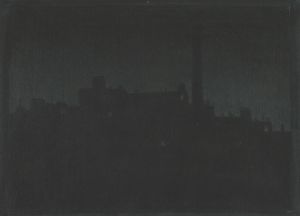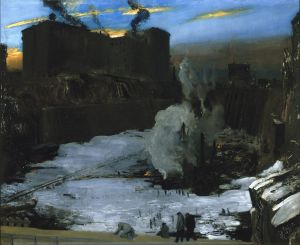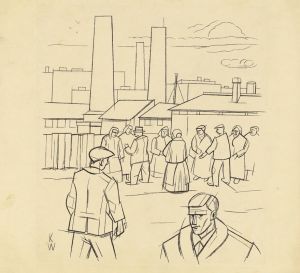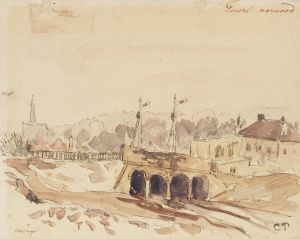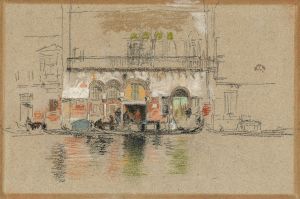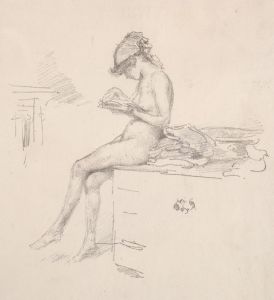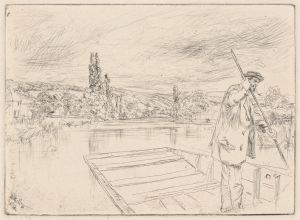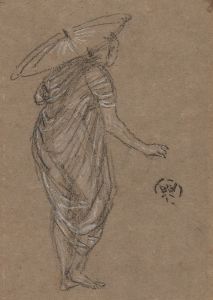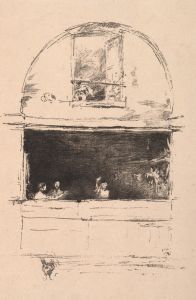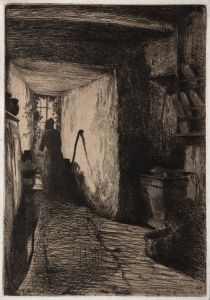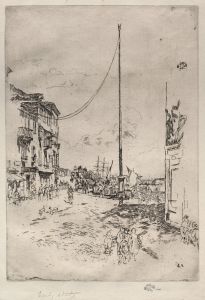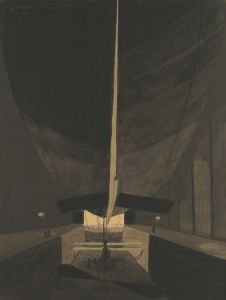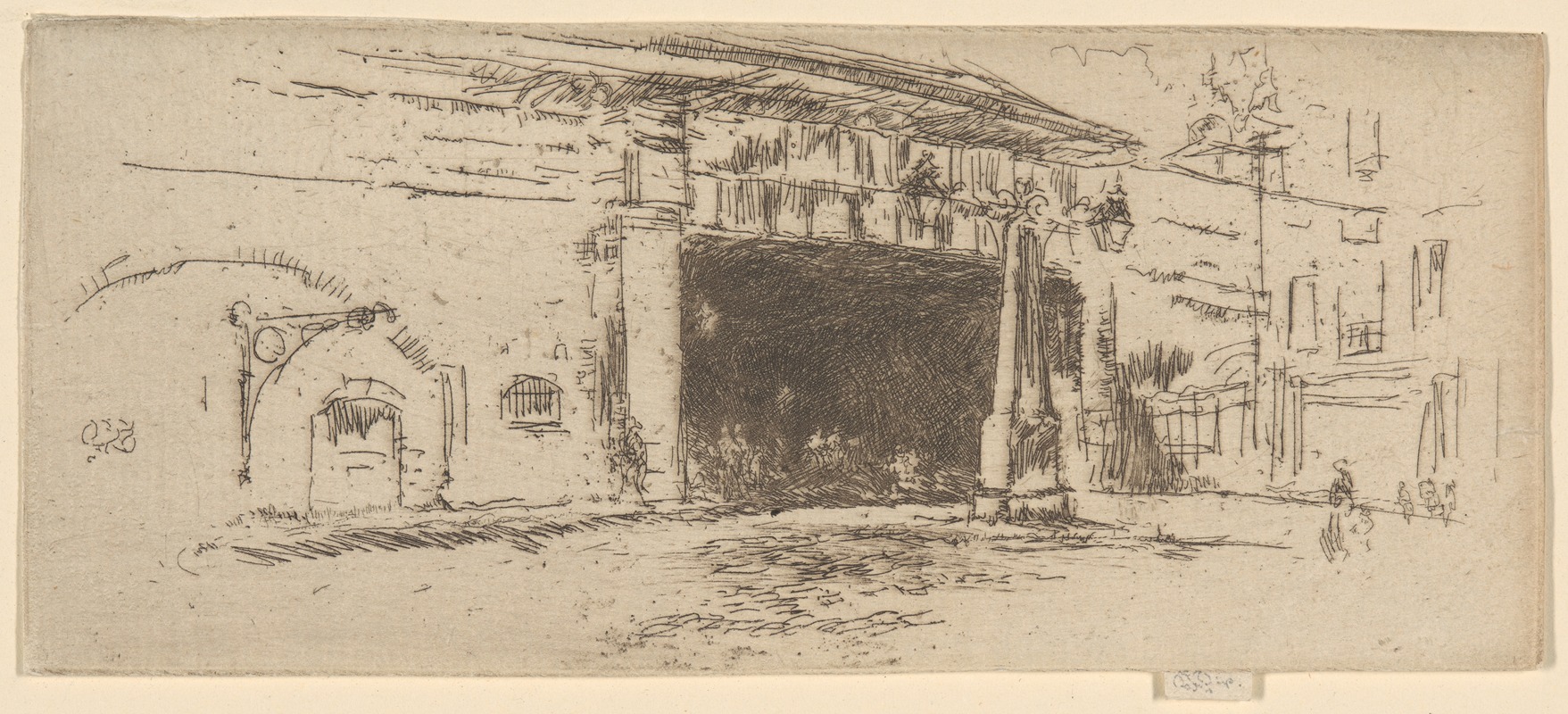
Railway Arch
A hand-painted replica of James Abbott McNeill Whistler’s masterpiece Railway Arch, meticulously crafted by professional artists to capture the true essence of the original. Each piece is created with museum-quality canvas and rare mineral pigments, carefully painted by experienced artists with delicate brushstrokes and rich, layered colors to perfectly recreate the texture of the original artwork. Unlike machine-printed reproductions, this hand-painted version brings the painting to life, infused with the artist’s emotions and skill in every stroke. Whether for personal collection or home decoration, it instantly elevates the artistic atmosphere of any space.
James Abbott McNeill Whistler was an American artist known for his significant contributions to the art world during the 19th century. He was a proponent of the Aesthetic Movement, which emphasized the visual and sensual qualities of art and design over practical, moral, or narrative considerations. Whistler is best known for his paintings, etchings, and lithographs, which often feature a subtle interplay of color and form.
"Railway Arch" is one of Whistler's works that exemplifies his interest in capturing the atmospheric effects of urban scenes. However, detailed information about this specific painting is limited. Whistler's oeuvre includes a series of works that depict the industrial and architectural elements of the urban landscape, often focusing on the interplay of light and shadow.
Whistler's approach to art was heavily influenced by his belief in "art for art's sake," a philosophy that suggests art should be appreciated for its beauty and form rather than its narrative content. This perspective is evident in his treatment of subjects like the "Railway Arch," where the focus is on the aesthetic qualities of the scene rather than a specific story or message.
Throughout his career, Whistler was known for his innovative use of color and composition. He often employed a limited palette to create harmonious and balanced works. His technique involved delicate brushwork and an emphasis on the tonal harmony of the composition, which can be seen in many of his urban and architectural scenes.
Whistler's work was also characterized by his interest in Japanese art, which influenced his compositions and use of space. This influence is evident in the simplicity and elegance of his designs, as well as in his focus on capturing fleeting moments and atmospheric effects.
While specific details about "Railway Arch" are scarce, it is likely that the painting reflects Whistler's broader artistic interests and techniques. His urban scenes often depict the changing landscapes of the 19th century, capturing the impact of industrialization and modernization on the environment.
Whistler's contributions to the art world were significant, and his work continues to be studied and appreciated for its innovative approach to composition and color. His influence can be seen in the works of later artists who embraced the principles of the Aesthetic Movement and sought to create art that prioritized beauty and form.
In summary, while detailed information about "Railway Arch" is limited, it can be understood within the context of Whistler's broader body of work, which is characterized by its focus on aesthetic beauty, innovative use of color, and interest in the atmospheric qualities of urban and industrial scenes.





